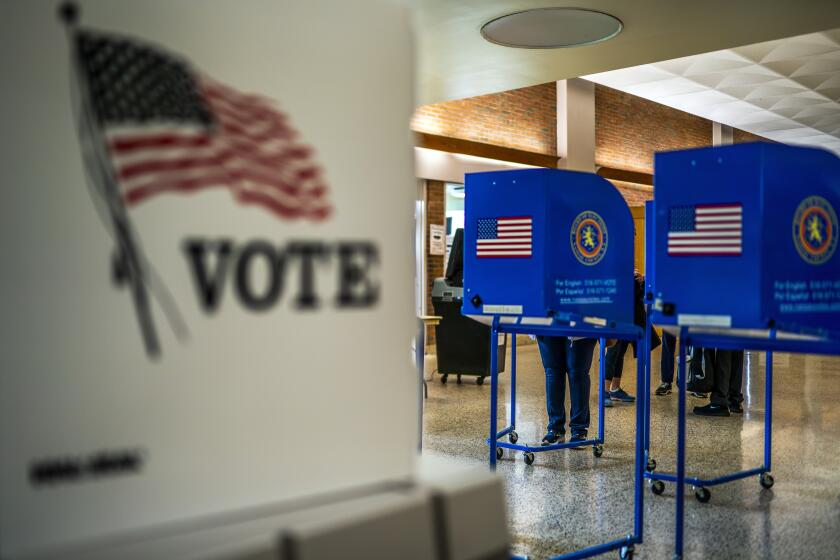Editorial: U.S. needs to rework its byzantine food safety system

The job of keeping our food wholesome has become more difficult as food itself has become more complicated. Because processed foods include ingredients from many sources, it is hard to trace the origin of pathogens. A package of ground beef, for instance, is no longer put together by a butcher pushing a single hunk of meat through a grinder; these days it includes trimmings from many cattle and multiple slaughterhouses. That means even a small quantity of meat contaminated with E. coli has the potential to taint tremendous amounts of hamburger meat sent out across the country.
Then again, if anything is more complicated than our food, it’s our byzantine system for checking its safety. At least 15 agencies are involved, but sorting out the responsibilities of just the two main ones — the Food and Drug Administration and the Department of Agriculture — is hard enough. Consider a frozen pizza: The cheese is inspected by the USDA, the other ingredients and toppings by the FDA. (Though if you buy your pepperoni separately, it is the USDA’s job.) The FDA regulates produce, but the USDA oversees the agreements under which growers police themselves.
Here’s one example of fragmented oversight that had a direct effect on consumer health in 2010: The FDA has authority over eggs in the shell; the USDA is responsible for eggs out of the shell — and for grading eggs in the shell for shape and uniformity. USDA inspectors were on hand at two filthy egg farms in Iowa that had long histories of violations, but because the inspectors’ job was to merely grade the eggs, they ignored the rodents, maggots, leaking manure and other conditions. Close to 2,000 people were sickened with salmonella from those farms’ eggs, and half a billion eggs were recalled.
The Government Accountability Office has repeatedly called for streamlining these disparate regulatory responsibilities under a single agency responsible solely for food safety, and President Obama has now joined in, proposing a Food Safety Administration within the Department of Health and Human Services. It’s a smarter, more efficient and effective way to protect American consumers. According to the Centers for Disease Control and Prevention, food poisoning sickens more than 80 million people a year in this country, killing 5,000, sending 325,000 to the hospital and, according to a 2012 study in the Journal of Food Protection, costing $14 billion — which doesn’t take into account the cost of lawsuits and recalls.
Previous attempts to glue together a new agency from bits and pieces of others haven’t always worked. But safeguarding food is one of the most basic yet most scientifically sophisticated roles of government. In the old days, an FDA inspector could easily sniff out rotten seafood; today’s inspections can require lab analysis that read like a chemistry textbook or testing to learn whether, say, milk powder contains illegal melamine, a toxic industrial chemical that has been favored as a cheap filler by unscrupulous Chinese food producers.
Follow the Opinion section on Twitter @latimesopinion and Facebook
More to Read
A cure for the common opinion
Get thought-provoking perspectives with our weekly newsletter.
You may occasionally receive promotional content from the Los Angeles Times.










